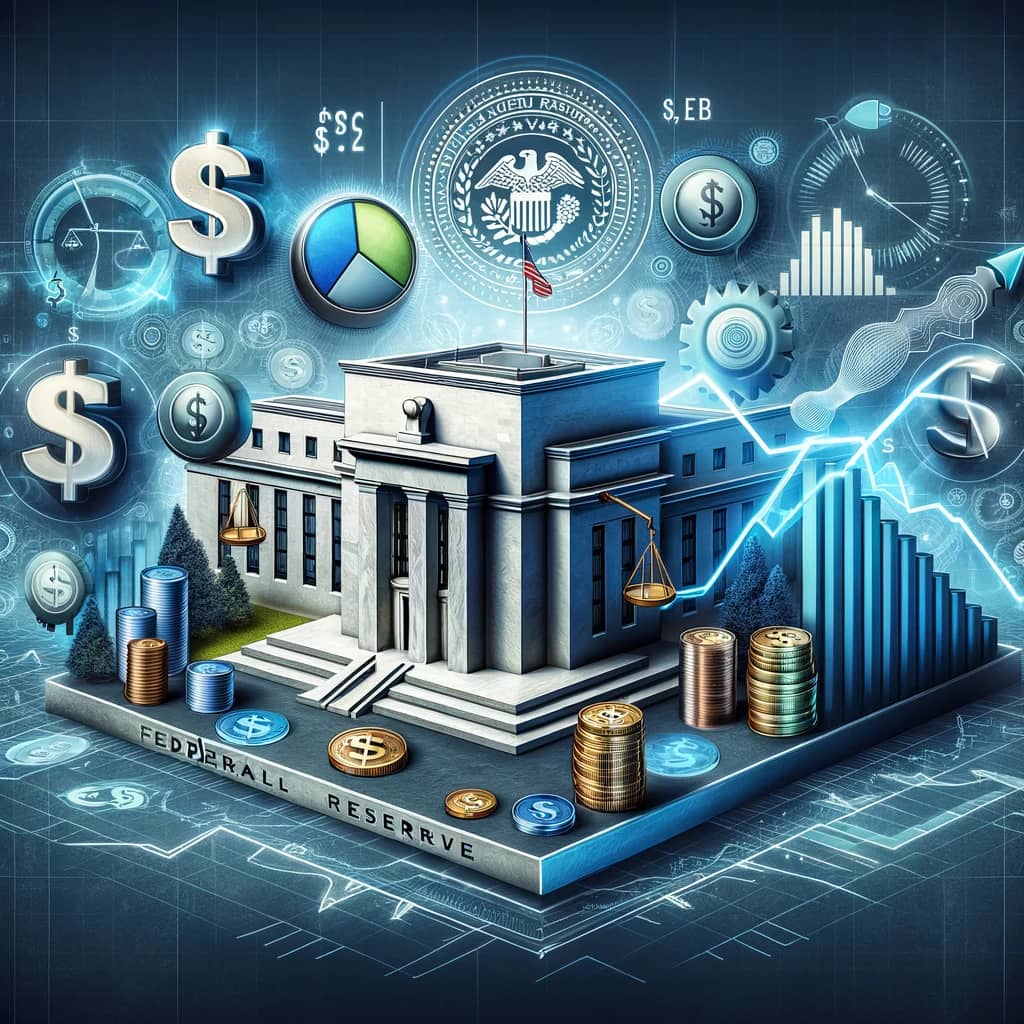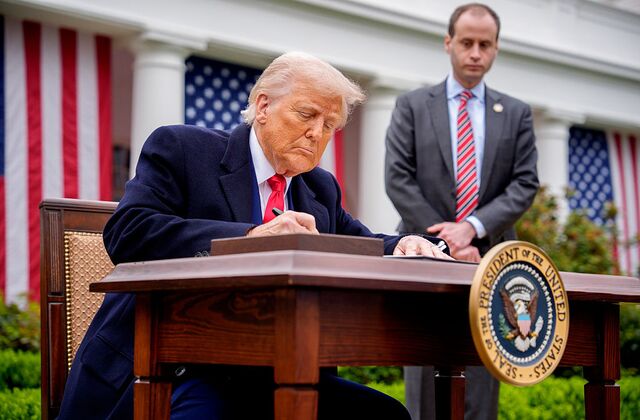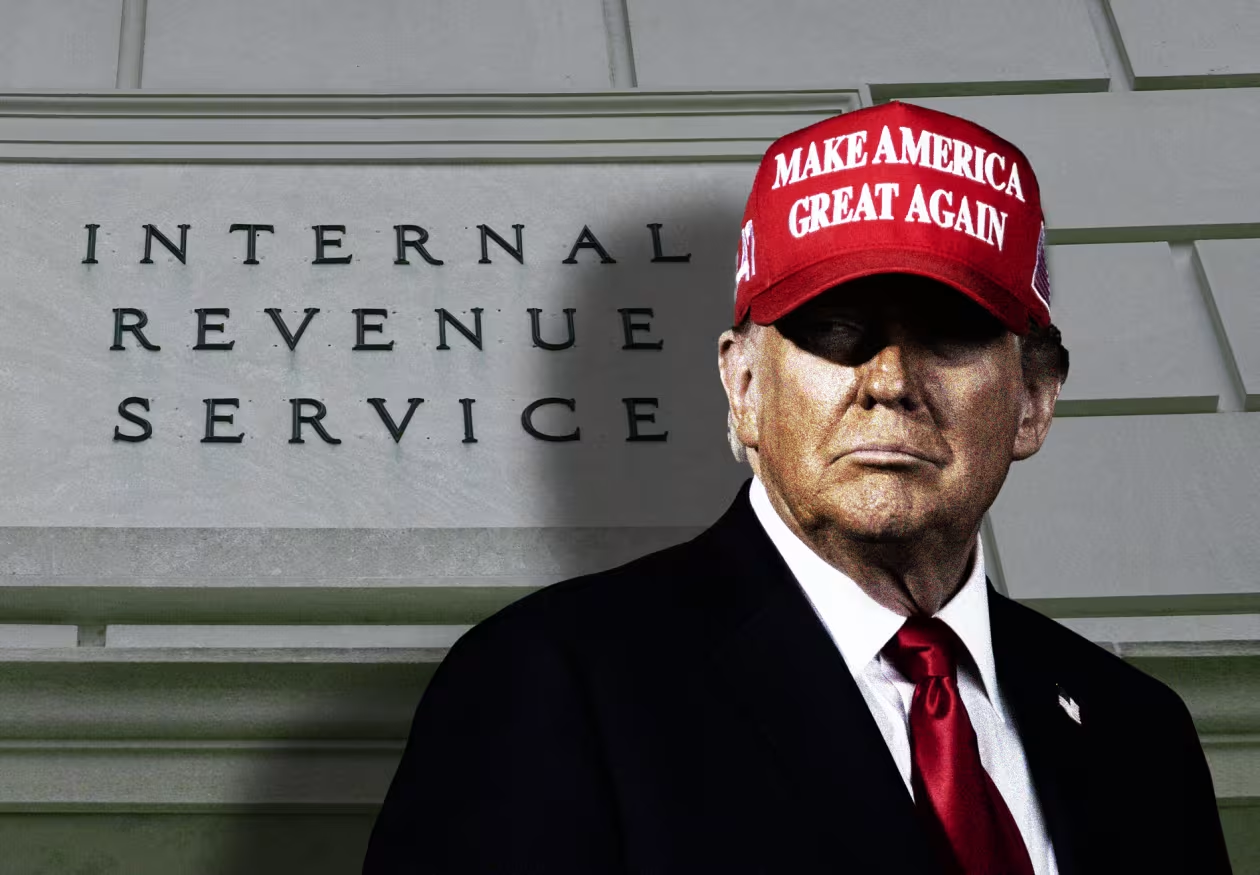The Federal Reserve plays a pivotal role in shaping the US economy through its monetary policy decisions. As the central bank, the Fed’s primary goals are to promote maximum employment, stabilize prices, and moderate long-term interest rates. However, the delicate balance between these objectives has come under increasing scrutiny, particularly in the face of high inflation and fluctuating economic growth.
In recent years, the Fed’s interest rate policies have been instrumental in controlling inflation. By raising rates, borrowing becomes more expensive, which can cool down consumer spending and business investment. Conversely, lower interest rates encourage borrowing and spending, stimulating economic growth. However, the Fed’s actions are often a double-edged sword; aggressive rate hikes, for example, can slow growth and risk recession, as seen in recent debates about the US economy’s direction.
Moreover, the Federal Reserve’s quantitative easing (QE) programs during the COVID-19 pandemic provided much-needed liquidity to financial markets. While this prevented economic collapse, critics argue it also contributed to the current inflationary pressures. As the Fed navigates these challenges, its policies will continue to shape not just the US economy but also global financial markets.



